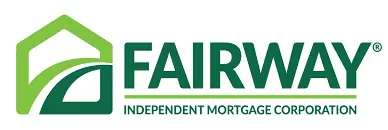The table below gives you a quick glance at the refinance requirements for credit score, debt-to-income (DTI) ratio and loan-to-value (LTV) ratio for common refinance loan types.
| Loan program | Refinance purpose | Credit score | LTV ratio | DTI ratio |
|---|---|---|---|---|
| Conventional | Rate and term | 620 | 97% | 45% to 50% |
| Cash out | 620 | 80% | 45% to 50% | |
| FHA | Rate and term | 500 to 580 | 97.75% | 43% |
| Cash out | 500 | 80% | 43% | |
| Streamline | N/A | N/A | N/A | |
| VA | Rate and term | No minimum, but lenders typically require 620 | 100% | 41% |
| Cash out | No minimum | 90% | 41% | |
| Streamline | No minimum | N/A | N/A | |
| USDA | Streamline | N/A | N/A | N/A |










